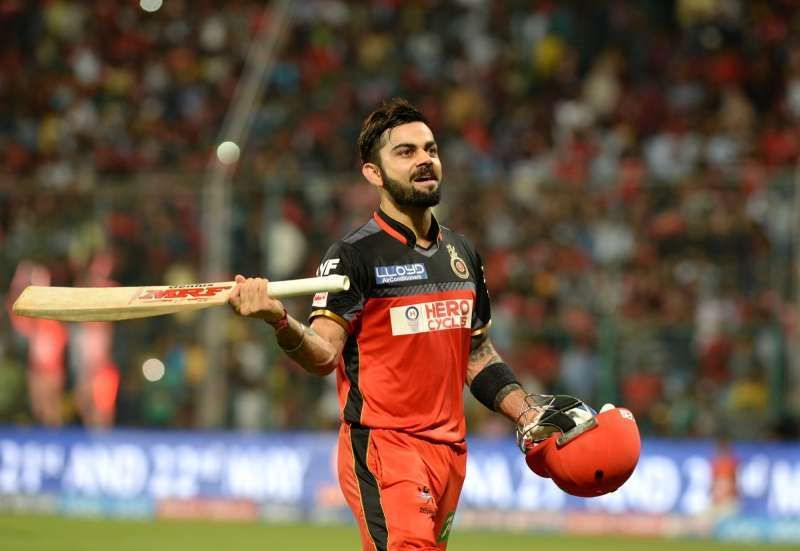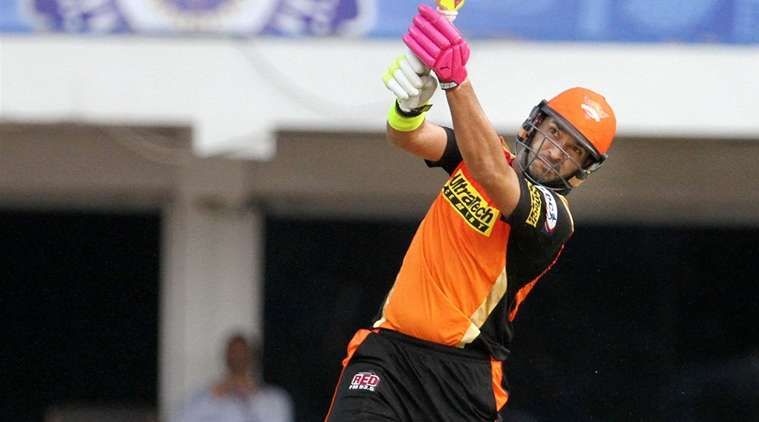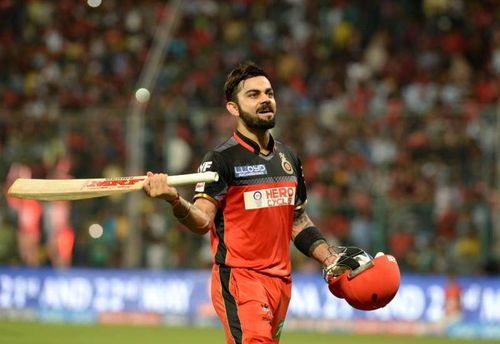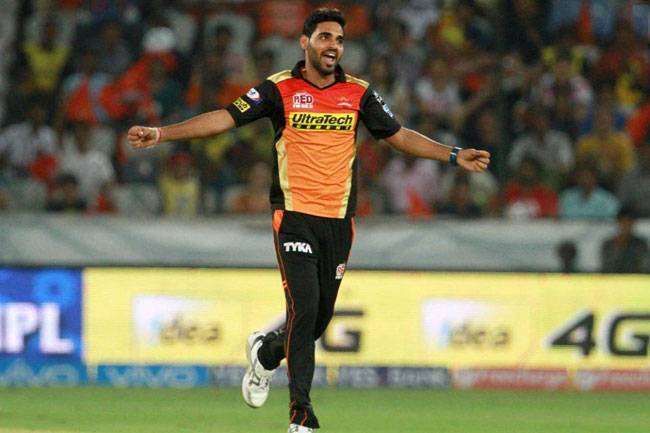
Cricket: The challenges of three different formats
A batsman takes guard. The first ball of the match is blocked, the second guided to the fielder at backward point. No run.
The bowler runs in and the next delivery is short-pitched. The batsman moves out of the way and it bounces through to the wicketkeeper. The next two balls are also aimed at the batsman's chest. Left alone once more.
At this moment - after five balls have been played and no runs scored - can you hazard a guess about the mood amongst the spectators? Are the ones supporting the batting team getting impatient? Or are they happy their player is getting his eye in?
You don't know, do you? You can't. For you haven't been told anything about the match format. You have no idea whether it is an Indian Premier League (IPL) game or a part of the Border-Gavaskar series.
The differing demands of every format
One of the most captivating things about cricket these days is the juxtaposition of skills across different formats. While even the spectators must adjust their viewing habits, it is the players who face the real challenge.
Against the formidable Australian team only last month, Virat Kohli and his troupe of batsmen were meant to occupy the crease for hours. Bowlers were to be overcome with grit, their firepower patiently endured and not urgently countered.
And then just a few days later, the approach had to change as the players joined their IPL teams. If Tests are cricket in slow-motion, T20 is the game on steroids. There is no time to get settled on the crease, no time to understand the pace of the pitch. There is a target to reach and ten runs to get in every over.
Every dot ball is a knife wound in your gut. Thrusts can’t be parried; salvos must not be defended. Swing your bat or die trying.
Bowlers, of course, face a similar challenge on their side of the game. Even a single ball can’t be off-target when you have only four overs to bowl.
In a Test match, bowlers are like a party of skilled artisans. Every thread and every yarn is patiently sewn into the pattern to create a magnificent trap. With alternating aggression and temptation, the batsmen are drawn into the web tantalisingly.
That indecisive corridor outside the off-stump is peppered with swinging deliveries. The straightening ball is pushed through after four flights of leg spin. When the wicket falls, it is the fruit of many overs of careful gardening.
In a T20, there is no time to plant any seeds or nurture them. Bhuvneshwar Kumar can’t put a drawn out plan into action in the IPL as he knows he will only get a dozen deliveries in a spell to change the game for his team. A different approach, a different temperament is needed.
The greatest shall forever shine
The bridge between different cricket formats is one scaled with much difficulty. Many skilled soldiers fall into the chasms below. It is a divide that separates the good from the great. It is a goldsmith’s sieve that lets only the brightest diamonds through.
Don Bradman was the greatest batsman the game has ever seen but this was a challenge he never had to face. Dennis Lillee was a much-feared bowler but you have to wonder if his aggression would have been as threatening when the T20 format forced batsmen to become carefree.
The players in the history books of the 21st century, the ones who will be long remembered, would be those who make every format their own. They play gritty Test knocks, whack the ball out of the park in the IPL and then score centuries for their country in the Champions Trophy.
They are shape-shifting magicians, capable of weathering every storm. They will leave a bouncer alone in one format and hook it for a six in another. They are simultaneously polar bears in Antarctica and camels in the deserts of Arabia.

It is impossible for a team to find eleven of these maestros. Cheteshwar Pujara may have the mental strength for a 525-ball vigil against Australia but none of the IPL teams picked him for their squads. Yuvraj Singh can hit mighty sixes in the shorter forms of the game but has only played 40 Test matches in his 17-year career.
Just like those who act brilliantly in Shakespearean plays aren’t necessarily suitable for slapstick comedies, cricket players are often specialists for specific formats as well.
A very crowded calendar
This, of course, does not make their contributions any less worthwhile. But teams will always be built around players who can make every situation their own. Unfortunately, that also means that the best batsmen and bowlers also have the greatest workloads.
Top Indian players defended the team’s Test ranking over the winter and immediately headed to the IPL. With barely a few days of rest, they will again be called upon to play in the ICC Champions Trophy.
Indian players are some of the most overworked in the cricketing fraternity and their journey over the past few months has been taxing. The advent of T20 in the past decade has only crowded the cricket calendar further.
Kohli has already carried a shoulder injury this year. Ravichandran Ashwin is missing the IPL due to a sports hernia. Tournaments won’t stop tumbling one after another; there will rarely be a natural break.
The heroes of Indian cricket may be able to make the mental transition between different formats but every joint and every muscle must be complaining. A sportsman’s ability is a product of the mind as well as the body and a tired team rarely wins matches.
It is a bit anti-climactic but in this hectic era of Tests, T20s and ODIs, the key skill that decides the outcome of tournaments might not be batting, bowling or fielding. It might be scheduling instead. And if that happens, irrespective of which team wins, it is the game of cricket that would be the real loser.

